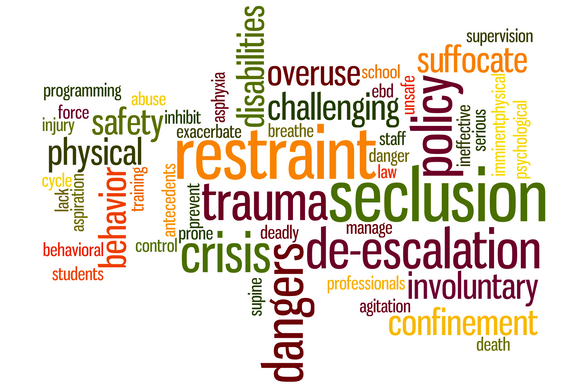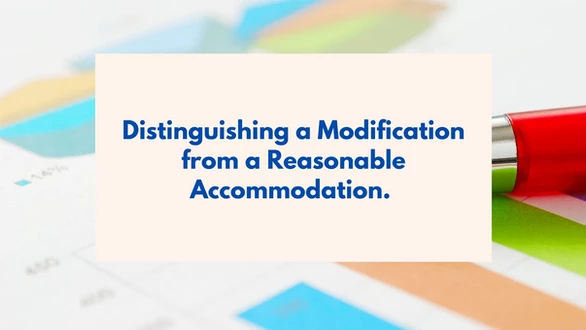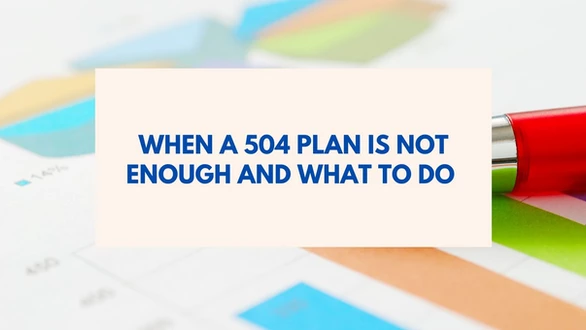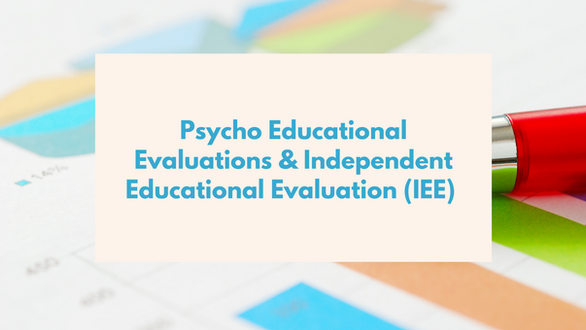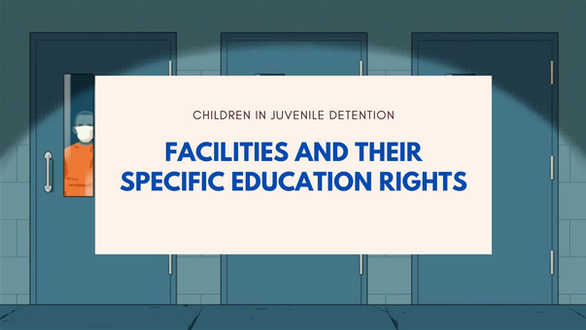California law regarding the use of restraint and seclusion for students was recently updated by an Assembly Bill, which went into effect on the first day of 2019. This section is a resource for you to understand the new law, the types of restraints seen in schools, and when these restraints and seclusions are allowed.
California Education Code
Before 2019, California law only explicitly restricted public school employees from inflicting or being responsible for the infliction of corporal punishment upon a student.
Amendments to California’s Education Code addressed the use of restraint and seclusion for all students, in special and general education.
Together, these additions made it such that, unless a student’s behavior creates imminent danger to him- or herself or someone else, public school staff can no longer physically restrain K-12 students nor place them in isolated seclusionary rooms.
Seclusion and restraint: what types are allowed and when are they allowed?
California’s updated Education Code defines seclusion and certain types of restraints, which are to be used only when a student poses an immediate threat to his or her safety, or the safety of someone else.
- Mechanical restraint is defined as “the use of a device or equipment to restrict a pupil’s freedom of movement.
- ”Physical restraint is defined as “a personal restriction that immobilizes or reduces the ability of a pupil to move his or her torso, arms, legs, or head freely.
- ”Prone restraint is any type of behavioral restraint applied to a pupil in a facedown position.
- Seclusion is defined as “the involuntary confinement of a pupil alone in a room or area from which the pupil is physically prevented from leaving.”
Unless the student poses a clear and imminent danger of serious physical harm to him- or herself or to others that cannot be prevented by a response less restrictive, the new law states that students have the right to be free from any use of seclusion or behavioral restraints.
This legislation was motivated by the consensus that restraint and exclusion are dangerous interventions that pose a risk to the student’s health and safety. In other words, these interventions are counterproductive unless they are used as a last resort effort to prevent violent behavior by a student.
School staff are prohibited from using these methods for coercion, retaliation, or discipline.
Use of seclusion must never take place in a locked room.
Physical restraint of a student must never result in the blockage of the student’s respiratory airways. Additionally, staff members are prohibited from putting pressure on the student’s back, place their body weight against the student’s back or torso, and using any other tool to restrict the student’s breathing.
The law now formally prohibits educational providers from restraining a student by placing them on their face with their hands held or tied behind their back.
Behavioral restraint must not be used for a period of time that is longer than necessary to contain the behavior that poses a threat of harm to the student or others. If an emergency intervention like this requires prolonged use of restraint, school faculty must seek help from an administrator or law enforcement agency.
Permissible uses of restraint and seclusion
These amendments to California law have generally banned the use of restraint and seclusion by school faculty. However, as mentioned, situations in which a student poses a threat to the safety of him- or herself or someone else, still legally warrant the use of behavioral restraints and/or seclusion. The new law includes regulatory guidelines and specific prohibitions for educational providers regarding the use of these interventions.
If an educational provider puts a student in seclusion for disciplinary reasons, he or she must maintain constant, direct observation of the student. The student can be in a separate room, but they must not be blocked from the teacher’s view. Nor can the teacher maintain this observation by indirect means such as a security camera.
If physical or mechanical restraint is used to prevent a student from endangering him- or herself or someone else, it must be the least restrictive restraint that is possible, allowing the maximum possible freedom of movement. The faculty member restraining the student must use as few restraint points as possible, while ensuring the physical safety of the pupil and others.
If prone restraint is used, a staff member must be present to monitor the student being restrained by a different staff member.
Additionally, the new law requires local educational agencies to collect data on the number of times and the number of students on whom behavioral restraints and seclusion are used, and to report it annually to the California Department of Education. This data must separate the students into three categories: those with an IEP, those with a 504 Plan, and those who do not have either.
How the new law affects special education students
This addition to California’s Education Code applies to all students, but the new law also makes note of situations involving individuals with “exceptional needs,” otherwise known as special education students. For special education students, use of behavioral restraint or seclusion is to be dealt with in the same fashion as behavioral emergency reporting.
Special education students should have plans in place for systematic behavioral interventions, so emergency interventions require formal follow-up procedures.
If an emergency intervention is used or property damage occurs, the parent/guardian and, when appropriate, the residential care provider of the student should be notified within one school day. Next, a behavioral emergency report must be filed and forwarded to a designated responsible administrator.
Following a behavioral emergency report regarding a student with exceptional needs who does not have a behavioral intervention plan, the designated administrator shall schedule an IEP team meeting. An IEP team is typically comprised of the student’s parent or guardian, the main special education teacher, the designated responsible administrator, and sometimes one or more of the student’s teachers. The team must review the emergency report, and determine whether the situation necessitates a functional behavioral assessment of the student, as well as whether an interim plan for the student is necessary.
If a behavioral emergency report is written on behalf of a special education student who does have a positive behavioral intervention plan but caused an incident which either involved a previously unknown behavior problem, or was not solved effectively by the previously designed plan, the incident shall be referred to the student’s IEP team. The team must review the incident and determine whether there is a need to modify the student’s positive behavioral intervention plan.

